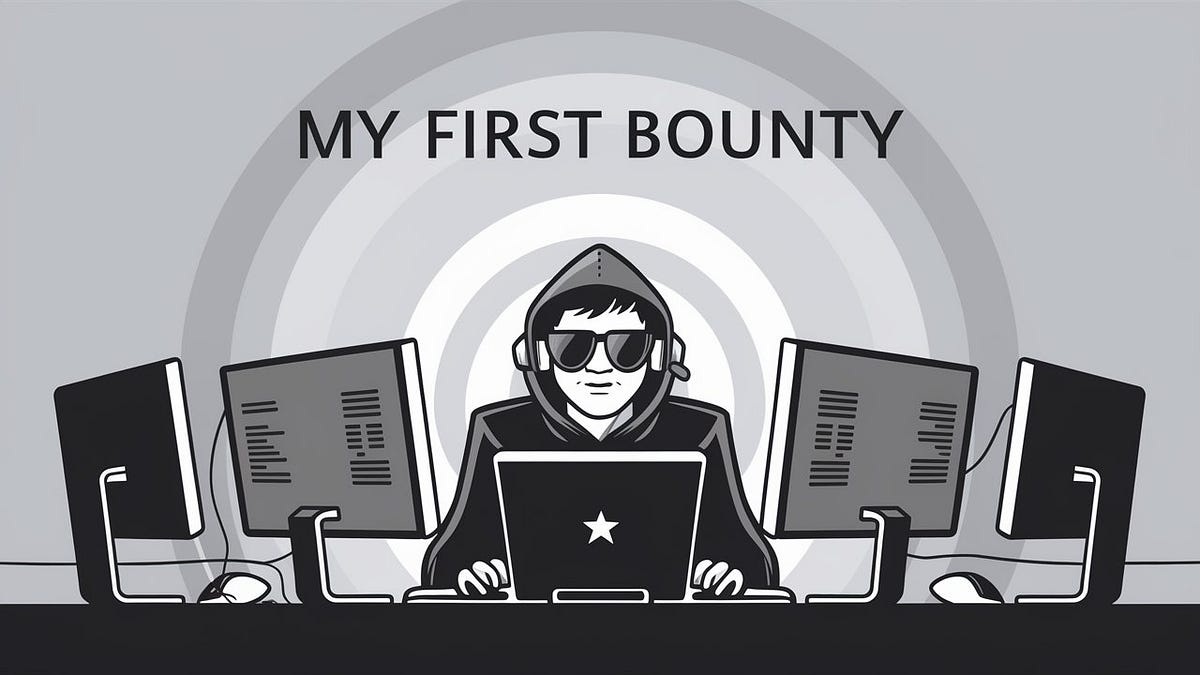BOOK THIS SPACE FOR AD
ARTICLE ADHi guys, This is my first article. As a bug bounty hunter, navigating the vast and complex world of cybersecurity can often feel like searching for a needle in a haystack. But what if I told you that there was a tool that could make this task significantly easier and more efficient? Enter Nmap, the ultimate network exploration tool that has revolutionized the field of cybersecurity. With its powerful scripting engine (NSE), Nmap has the capability to automate the process of gathering information about a target, making the job of a bug bounty hunter much more manageable. Whether you’re looking to extract information about an SSL certificate, enumerate shared resources on a target, or perform brute-force guessing of DNS hostnames, Nmap NSE scripts have been covered.
nmap --script=http-enum <target>Nmap includes a vast collection of NSE (Nmap Scripting Engine) scripts that can be used to automate various tasks, such as identifying specific vulnerabilities or gathering information about a target. NSE scripts are written in Lua and can be run with the --script option in Nmap.
Here are a few examples of how you can use NSE scripts with Nmap:
nmap --script=http-enum <target>The above command runs the http-enum script, which can be used to enumerate web directories and files on a target. This is useful for locating potentially sensitive information that could be exploited.
nmap --script=vulners <target>This command runs the vulners script, which is a plugin that integrates with the Vulners database to identify vulnerabilities and exploits on a target. This is useful for quickly identifying potential security weaknesses on a target.
nmap --script=ssh-brute <target>This command runs the ssh-brute script, which is used to perform brute-force password guessing on an SSH service. This is useful for locating weak passwords that could be exploited to gain access to a target.
nmap --script=smtp-vuln-cve2010-4344 <target>This command runs the smtp-vuln-cve2010-4344 script, which is used to test a target for a vulnerability in the Exim mail transfer agent (MTA). This is useful for locating targets that are vulnerable to exploitation and could be used to launch an attack.
nmap --script=dns-brute <target>This command runs the dns-brute script, which is used to perform brute-force guessing of DNS hostnames. This is useful for locating subdomains that could potentially be exploited.
nmap --script=ftp-anon <target>This command runs the ftp-anon script, which is used to test for anonymous access to an FTP server. This is useful for locating FTP servers that have misconfigured permissions, which could allow an attacker to access sensitive information.
nmap --script=ssl-cert <target>This command runs the ssl-cert script, which is used to extract information about an SSL certificate, such as the expiration date and the subject name. This is useful for locating SSL certificates that are about to expire or that have invalid subject names, which could be used to launch man-in-the-middle attacks.
nmap --script=snmp-info <target>This command runs the snmp-info script, which is used to extract information from a target using the Simple Network Management Protocol (SNMP). This is useful for locating targets that are using SNMP and could potentially be exploited.
nmap --script=ntp-monlist <target>This command runs the ntp-monlist script, which is used to extract information from a target using the Network Time Protocol (NTP). This is useful for locating targets that are using NTP and could potentially be exploited.
nmap --script=smb-enum-shares <target>This command runs the smb-enum-shares script, which is used to enumerate shared resources on a target using the Server Message Block (SMB) protocol. This is useful for locating shared resources that could potentially be exploited.
These are just a few examples of the many NSE scripts that are available to bug bounty hunters. By using Nmap and NSE scripts, you can automate the process of gathering information about a target and identify potential vulnerabilities that you can exploit later.
If you found this article informative and would like to stay up-to-date with the latest in bug bounty hunting and cybersecurity, follow me on Twitter at Let’s continue the conversation and take our skills to the next level together!
.png)
 1 year ago
76
1 year ago
76 














 Bengali (Bangladesh) ·
Bengali (Bangladesh) ·  English (United States) ·
English (United States) ·